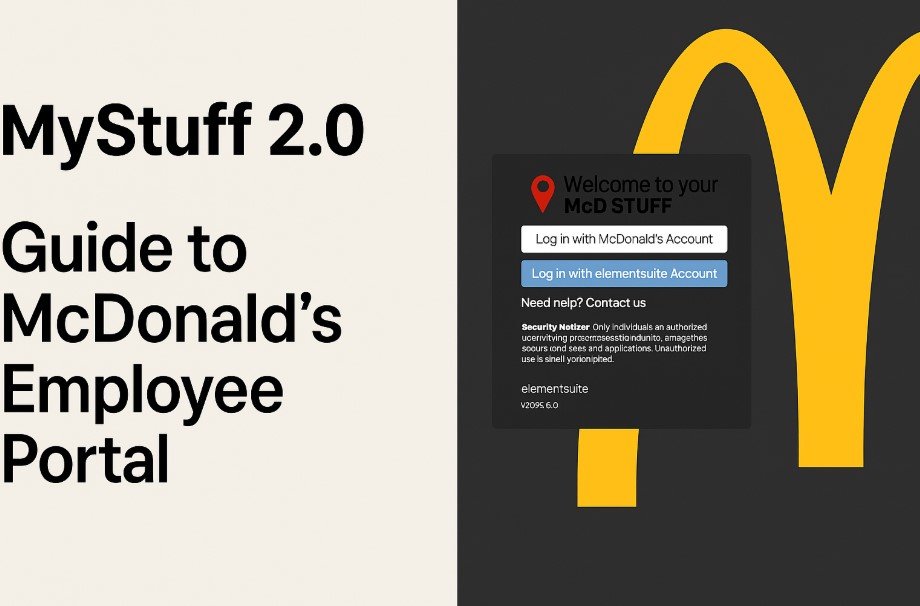Solely relying on servers set up in the workspace for data storage, connectivity and productivity is rapidly becoming a thing of the past. Today, businesses have transformed the way they operate by adopting new technologies. They are now capable of accessing data and collaborating with teammates from anywhere at any time. These enhanced functionalities are underpinned by cloud technology.
Established and new companies are increasingly preferring to develop cloud applications over traditional software. By developing and deploying cloud applications, businesses experience higher productivity, scalability and a substantial increase in savings. If you’re looking to automate tasks, eliminate errors and reduce labor, then cloud applications are best-suited to your needs.
Constructing a cloud application follows the usual strategy used to develop traditional software. That is to discuss application objectives, write the code, test it and release it. But there are a few key differences that require special attention. Cloud applications offer several advantages over their traditional counterparts indeed, provided they are developed properly. Otherwise, they could end up incurring more costs and delaying day-to-day activities.
In order to minimize risks and enhance the success rate of developing cloud applications, here are 5 tips to simplify the process.
-
A new knowledge base
While traditional apps are built to work on specific platforms and limited environments, cloud applications are built differently. They are more versatile and are designed to work on several different platforms and environments. Instead of using traditional software frameworks like .Net to create software, you will need to learn to use new cloud platforms to develop cloud applications. The top 3 on-demand cloud computing platforms include Amazon Web Services (AWS), Microsoft Azure and Google Cloud.
To get the most out of your cloud application, it is highly advisable to complete a training course in the cloud platform you are interested in. Learning outcomes include knowing how to configure security aspects of the platform, compartmentalize data, narrow down on elements in an interconnected system, implement the best practices and finally, estimate costs. Alternatively, you can hire a reputed cloud application development company. Simply tell them the objectives of your software and they’ll handle the rest.
-
Watch out for performance issues
Cloud technology facilitates the transfer of data from one end of the globe to another. As much as it is highly useful and favorable, it can succumb to a wide range of downfalls if it isn’t architected in the right manner.
Challenges in transmitting data across large distances include latency and subpar network quality. Working with such connections can be incredibly frustrating, and can tremendously hamper business productivity. These bottlenecks may be out of your control, especially if you opt to deploy your application on a public cloud. In such a case, the cloud service provider will be in charge of how much data can be transferred, to where, and at what speeds.
The amount of traffic servers can handle also play a major role in determining the quality of data transmission. If your application is hosted on immensely busy servers, then your data will flow at lower speeds. Besides, your data will have to pass through application servers, database servers and web servers to reach its destination.
The most effective way of countering performance issues is by managing the way your cloud app is designed and developed. Firstly, you must assess what workload your application will attract, what its objectives are and finally, the privileges and restrictions of the cloud platform. Next, you must choose an application design, data structure and a programming language that will keep latency at bay.
-
Keep an eye on security
To allow businesses to collaborate with each other more closely, you will need to open up your cloud application to external systems. This translates to increased data sharing and transparency. Any lapse in monitoring and regulating your application’s integration with outsider systems will result in data breach and loss. This is a key aspect of cloud technology that cloud application development services focus on.
When it comes to building traditional non-cloud software applications, the programmers would be fully aware of what the software can integrate with. Given that, it is ensured that the software does not expose confidential data. On the contrary, if cloud application integrations are rushed for the sake of business continuity, it can lead to a series of severe repercussions.
Security flaws in cloud applications largely arise due to negligence, and it is a common mistake that many businesses make. By effectively planning your application’s architecture, streamlining identity and access credentials, setting up an integrated system and testing it, you can avert security disasters.
-
Assess integration challenges
Achieving your business goals largely depends on how efficiently your cloud application can integrate with core systems. Any misconfiguration will impact the ability to efficiently carry out cloud-based operations. In the event of an integration bottleneck, it can be immensely difficult to track connections and pinpoint the exact location of issues. It is crucial for businesses to occasionally inspect integration elements to make sure that they are working correctly.
How your data flows from one system to another and is synchronized is another crucial aspect of cloud application integration. You must ensure that the data can be accessed, modified and updated in real-time. This way you can avoid working with broken, incorrect or lost data.
Finally, your cloud application’s underlying integration architecture must be flexible to support changes. As a result, you will be able to add new functionalities and adapt to new technological trends more easily.
-
Efficiently manage system resources
A major advantage of cloud technology is that it provides versatile computational and storage resources. By sharing costs and resources, it enables a large group of users to seamlessly work together. To properly facilitate this, there are five aspects of cloud technology that must be effectively governed. They are admission control, capacity allocation, load balancing, energy optimization and quality of service guarantees. They help minimize risk of data loss, downtime and IT spending
Take for instance you forget to terminate test tasks or other such redundant tasks long after they are over. They can be overbearing and cause performance fluctuations. The objectives of cloud technology can also be faltered by complex infrastructures and data-intensive loads.
You must ensure that your cloud application uses cloud resources effectively. The resources should neither be underutilized nor overutilized. The best way to do this is by managing assets, analyzing root causes, deploying updates, planning capacity, and managing workloads.
Also, read about 10 Cloud Developments that Excited Us this Decade.
Summing up
By choosing to develop cloud applications, you unlock a myriad of business-boosting opportunities. From enhanced business continuity, scalability, security to remote operability, and diminished operation costs, cloud applications are fast becoming the new norm in modern organizations.
Nonetheless, shoddy cloud application development will only add more problems to your business. Building an application that is cloud-enabled requires careful planning, budget allocation, technical expertise, and more. By garnering this knowledge, you can go on to build outstanding cloud applications.
To make the process simpler, our 5 tips will help you navigate through and avert potential disasters on time. By mitigating some of the most common problems that arise in cloud application development, you can drastically cut down on costs and increase savings. Regardless of whether you are planning to migrate your existing applications to the cloud, or building apps from scratch, by doing either, you can slay the competition, get greater ROI and scale up faster.
To know about what you should look for when hiring a react native developer here are both the hard and soft skills you should be looking for.





